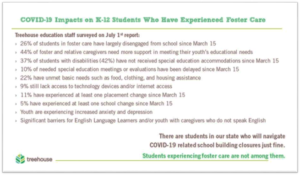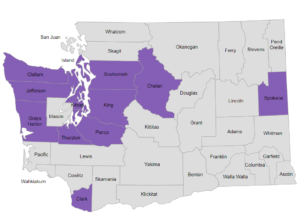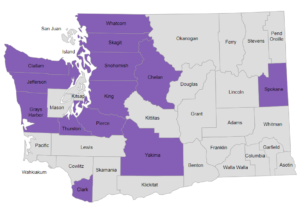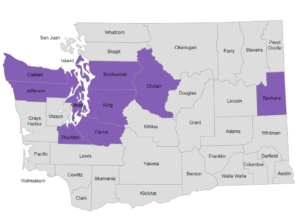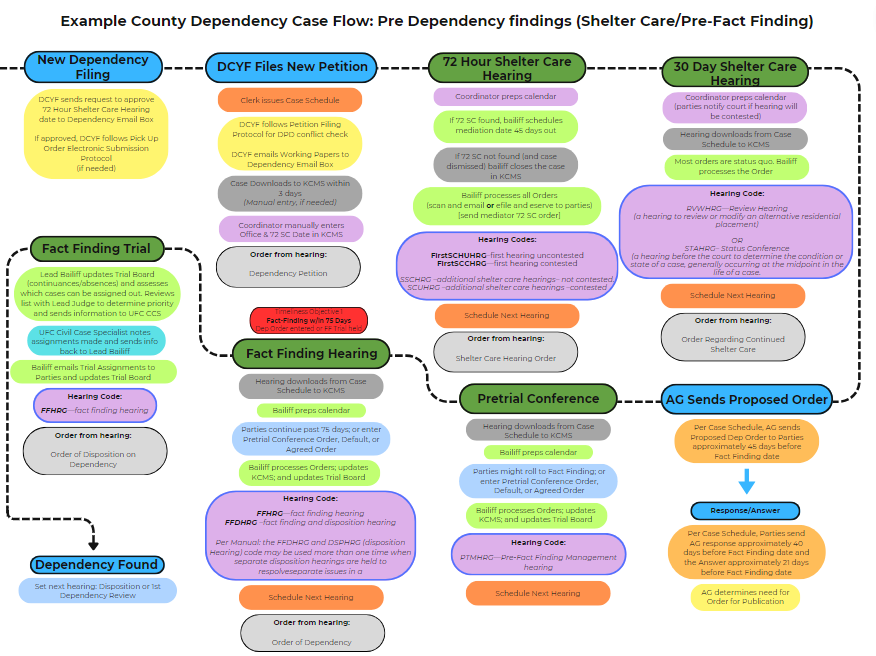Over 5,700 Washington State children and youth in out-of-home care will be starting school soon – in person, online, or with a combination of both. For all students and families, the COVID-19 pandemic has upended the stability and routine that school provides, along with important social connections to friends and teachers. For children and youth in foster care, this loss of predictability, connection, and educational support is especially devastating.
Prior to COVID-19, youth in care already faced academic challenges due to a lack of basic skills, frequent placement and school changes, and greater special education needs. At the beginning of July, Treehouse, a non-profit that provides academic and other essential support to youth in care, assessed the impact of COVID-19 on the K-12 students it serves. The sobering results, listed below, clearly demonstrate that foster students and their caregivers will need resources, advocacy, and support to effectively engage in school this fall.
Policies and programs exist to help students in foster care be successful in school. These include support from foster care liaisons in every school district, Treehouse’s education advocacy program, and pandemic food and technology assistance. To ensure that foster youth access these resources, a student’s child welfare team needs to inform and work with the school district. Caregivers may also need help understanding how to use technology and work with a student to learn remotely.
How can we learn more?
This handout, BACK TO SCHOOL — FINAL, provides information and links to resources to ensure that each child in state care starts the school year ready and supported to learn.
A companion webinar, “Back to School Advocacy for Youth in Care,” was hosted by CITA on August 26, 2020. It can be viewed on the CITA website here.
What can judicial officers and others do to help foster children succeed in school?
- Stress the importance of stability and the right of children to remain in their schools of origin when their placement changes. School changes should be in the child’s best interest.
- With online learning, it will be easier to keep children connected to the school they are familiar with.
- If a child changes placement, ensure that DCYF informs the school district by submitting a School Notification form.
- Ask if a child is getting special education or accommodations in school and if their IEP or 504 Plan is up to date.
- Are services being provided, even in remote learning environments? If not, a Treehouse Education Advocate can help.
- Ask if children and youth are able to effectively access and use technology to learn. The following digital equity questions may be helpful:
- Does the student have a device to use when they need it?
- Does the student have reliable access to the internet?
- Does the student have space to work?
- Do student and adults in the home understand how to use technology and how to access the school’s learning platform?
- Is there an adult in the home who is available to support the student during learning time?

